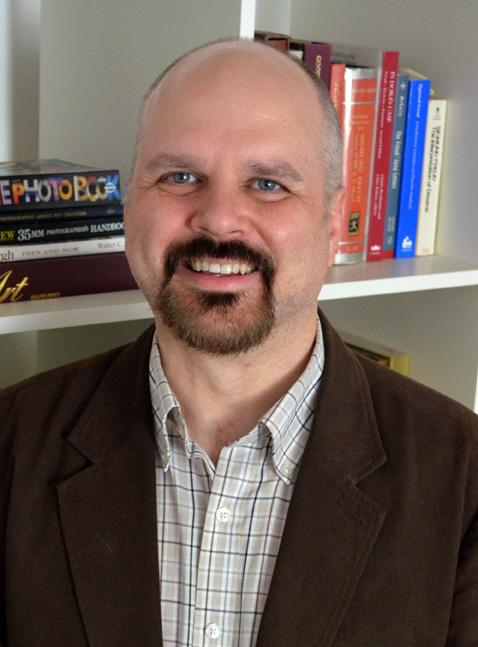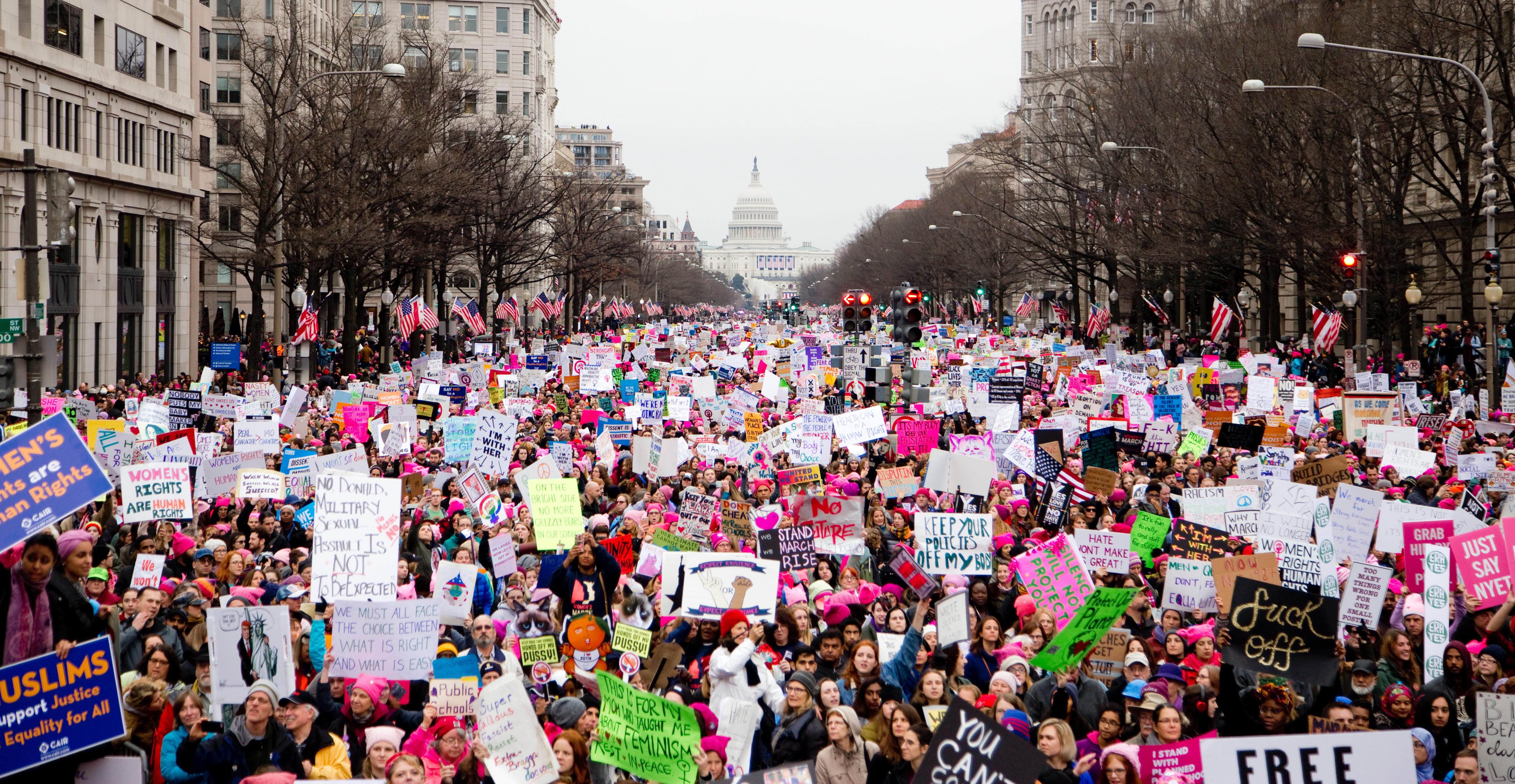
6 minute read
IN THE WAKE OF PARKLAND
Mass Shootings and Existentialism by Don Laird
The fatal school shooting in Parkland, Florida on February 14, 2018 marked the 29th mass murder in the United States in 2018. As of that date, there had only been 45 days in the New Year. Our nation has seemingly accepted the idea that it is no longer a question of if another mass shooting will occur, but when. While the conversation unfolds about a uniquely American problem there has been an exchange, mostly heated and somewhat misinformed, regarding the why, how and who of this phenomenon. The subject of mental health once again is in the unfavorable position of having to defend itself against what should be an inclusive discussion. It would be naïve and disingenuous to assert that there isn’t a mental health component at work here, but it is not the only cause. It is, in fact, symptomatic of a larger issue that has root causes running deep and wide in our collective psyche. In short, if all things are now to be taken into consideration to assist in a prevention and intervention of the cultural and mental health ereignis of mass shootings then let’s consider in brief the existential concerns. This is not a prescriptive essay, but what is offered hereafter may provide further discussion to an issue which has many dimensions.
Advertisement
A familiar feature for mass shooters surfaces in their profiles. The perpetrators most always express an abhorrence of others, and paradoxically from this hatred emerges a sense of existential isolation and loneliness that is well documented in their social media manifestos, letters, and diary entries. Moreover, these writings often hold traces of the shooters’ language and logic which helps define the compound layers of meaning that they clutch to as reality. Perhaps by taking a closer look at the existential themes of their motives we can see the relation between the shooters’ ultimate meaning and the expression of this meaning through the irrational act of mass shootings.
I don’t know who I am, but I know what I’m not.
Identity and isolation appear as an interconnected given when examining the common features of a mass shooter. A lucid and constructive answer to the question of “Who I am?” seems largely absent. In its place surfaces an appeal to align with a pattern of existence which involves a committed bias toward “All things I am not.” This often leads the individual to a firm embrace of his maladaptive role in being-with-others (mitsein). There is a simultaneous longing for and rejection to the view that without others I cannot survive. From a phenomenological perspective mitsein calls forth our innate need to be with others. For Heidegger, we are inauthentic when
we fail to recognize how much behavior is influenced by our social and cultural surroundings. We are authentic when we are aware of that influence and choose for ourselves whether to engage with others or not. However, someone living in absence of such an influence widens the void and therein may lay the face of a mass shooter. It is not to suggest that this is the only component. A divergence from or absence of mitsein does not create a mass shooter, but it does help us gain a better understanding of its contribution to this complex issue.
Although one’s personal experience of reality can never be fully shared, how well does one navigate a desire or need to be connected with others against experiences of being rejected? In short, a plain sense of who I am and how I fit into the world is paramount to understanding the conflicts between blurred self and social boundaries and limited or impaired self-insight. Heidegger’s idea of Aletheia, appears to play a role here, as well. It is the attempt to make sense of how things in the world appear to me based on an opening in their transparency or unclosedness. Hubert Dreyfus and Charles Spinosa wrote: “According to Heidegger, our nature is to be world disclosers. That is, by means of our equipment and coordinated practices we human beings open coherent, distinct contexts or worlds in which we perceive, feel, act, and think." Accordingly, any distortion of boundaries or maladaptive expression of them will create a paradox in which the world drifts further from self and vice versa. Consequently, this may generate a greater sense of confusion, isolation and anger to the person unable to gain meaning from common experiences and pain. Moreover, Heidegger’s version of Dasein is always a being engaged with the world. It is neither a subject, nor the objective world alone, but the coherence of being-in- the-world. Should this be disrupted in some way, a potential shooter will likely retreat and develop socially maladaptive ways of being. That is, they lose themselves in the world of others, group think and embody the notion of I know what I’m not.
The wish to believe life is meaningful and congruent with one’s understanding of the world becomes inconsistent with one’s dimensions of meaning and how to live with the choices one has made. Religion has traditionally offered some answers to existential concerns, yet many mass shootings have occurred with higher frequency in regions that hold strong conservative religious convictions. However, not all school shooters have a Christian background. Some do declare themselves as atheists. Coming to terms with one’s life choices and their meaning through

awareness of responsibility, again, seems absent. There is always another group or person to blame for a shooters inability to exist in the way he finds meaningful and, therefore, his choices are not his. That is, until he takes the ultimate control through violent expression. In this way, a shooter truly exists in his mind when the trigger is pulled and others’ choices are now influenced by his.
Why invest in life if it ends in death?
A fear of death will influence the way one engages with life. If the world for the shooter is an unsafe place as demonstrated through receipt of neglect, abuse, trauma or bullying, with no other visible absolute in lieu of pain and death, then a conflict between mortality and the wish to live forever through final action emerges. Perpetual despair unfolds in the loss of hope within one's identity and purpose. The emergence of a shooter’s Dasein becomes clear - one's own being, one's own death, and one's own truth will be realized in a final act to influence others’ choices and to rise above what he sees as preconceived notions of the person “they think I am.“
Mass shooters know they will receive considerable media coverage, which will make them immortal, at least in the lives of victims’ families, friends and communities affected by their choices. Consequently, choosing the place, time and circumstances of their own death, as well as choosing who will live and who will die seems to supply a mass shooter with the power and the freedom he so desperately wants. Recognizing these violent choices as being motivated by existential concerns may prove helpful in furthering the conversation and possibly help with education and prevention of mass shootings.

ABOUT THE AUTHOR
Don Laird, MS, NCC, LPC, DCC, is an existential psychotherapist, educator and consultant.
REFERENCES
Hubert Dreyfus and Charles Spinosa, "Further Reflections on Heidegger, Technology and the Everyday," Philosophical Romanticism, New York: Routledge, 2006.



